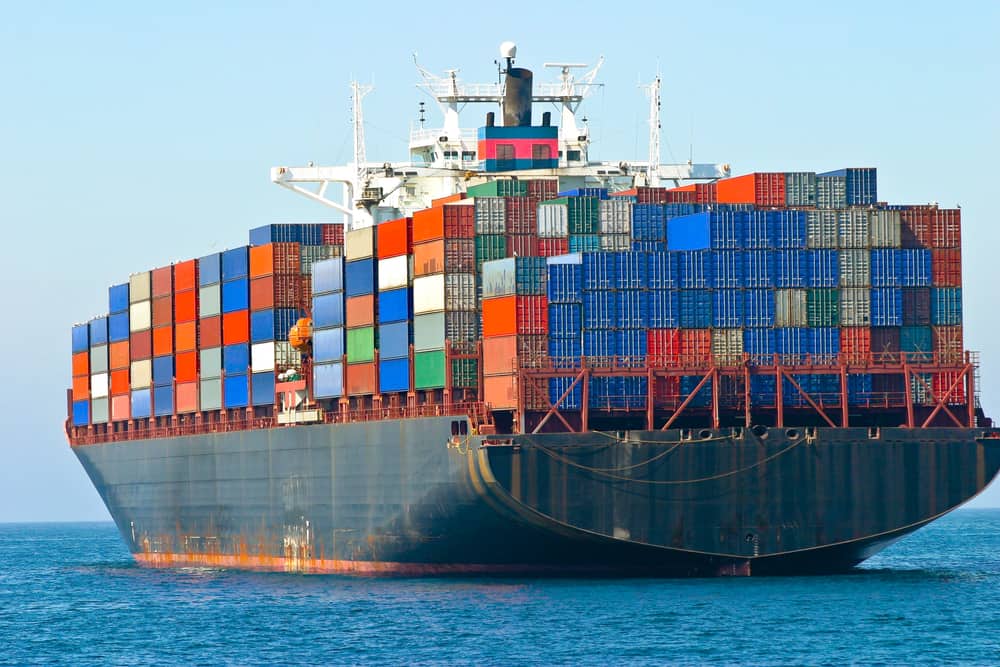Undoubtedly, the importance of container transportation in international transportation is perhaps the most important element of shipping. Most goods are transported via containers.
Below is an overview of eight different container types in more detail.
1. Standard Container:
The standard container is the most frequently used container in which general purpose cargoes are transported. All walls of the standard container are closed, and it has front and (or) rear doors. It is designed for general cargo loads, and it is possible to transport all loads that can pass through the door of the container and fit inside.
2. Hard Top Container:
Openable containers are used especially when heavy and long loads and loading from the door will be difficult. Since these types of containers have an openable steel roof, loads that are difficult to load into a standard container can be easily loaded from the roof by opening the container.
3. Open Top Container:
Open top containers are especially designed to be used for transporting high loads. These containers can be left open or covered with a tarpaulin. Thanks to the flexibility provided by the branch, high loads for standard containers can be easily transported with this container.
4. Flat Rack Container:
Open containers do not have side walls and ceilings. Therefore, it is used for transporting loads that do not fit in standard and open top containers (top and side). It is especially preferred for carrying heavy, high or (or) wide loads such as construction equipment, vehicles, and generators.
5. Platform Container:
Platform containers have a strong base that is resistant to high weight loads and are used for loads that cannot be directly loaded on a ship, such as minibuses and yachts, which are leashed from the top, front and rear.
6. Refrigerated Container:
Refrigerated containers are used for transporting loads (frozen foods, fruit, flowers, etc.) whose temperature must remain constant during transportation. These containers have their own cooling units that can control their internal temperatures, and when loaded on a ship, they provide the necessary energy by connecting to the ship’s power supply. In addition, the temperature value of the container can be controlled thanks to the panel located outside the container, as well as temperature changes can be observed with an analog or digital recording device during the voyage.
7. Tank Container:
Tank containers are used for transporting liquid or gaseous cargoes. A cylindrical tank is placed in a rectangular steel construction structure. To prevent the load from shaking because of jolts during transportation, the tank must be at least 80% full. However, the occupancy rate of the tank should not exceed 95% to prevent the expansion caused by the temperature to be dangerous.
8. Bulk Container:
They are especially used in bulk cargo transportation such as grain.




